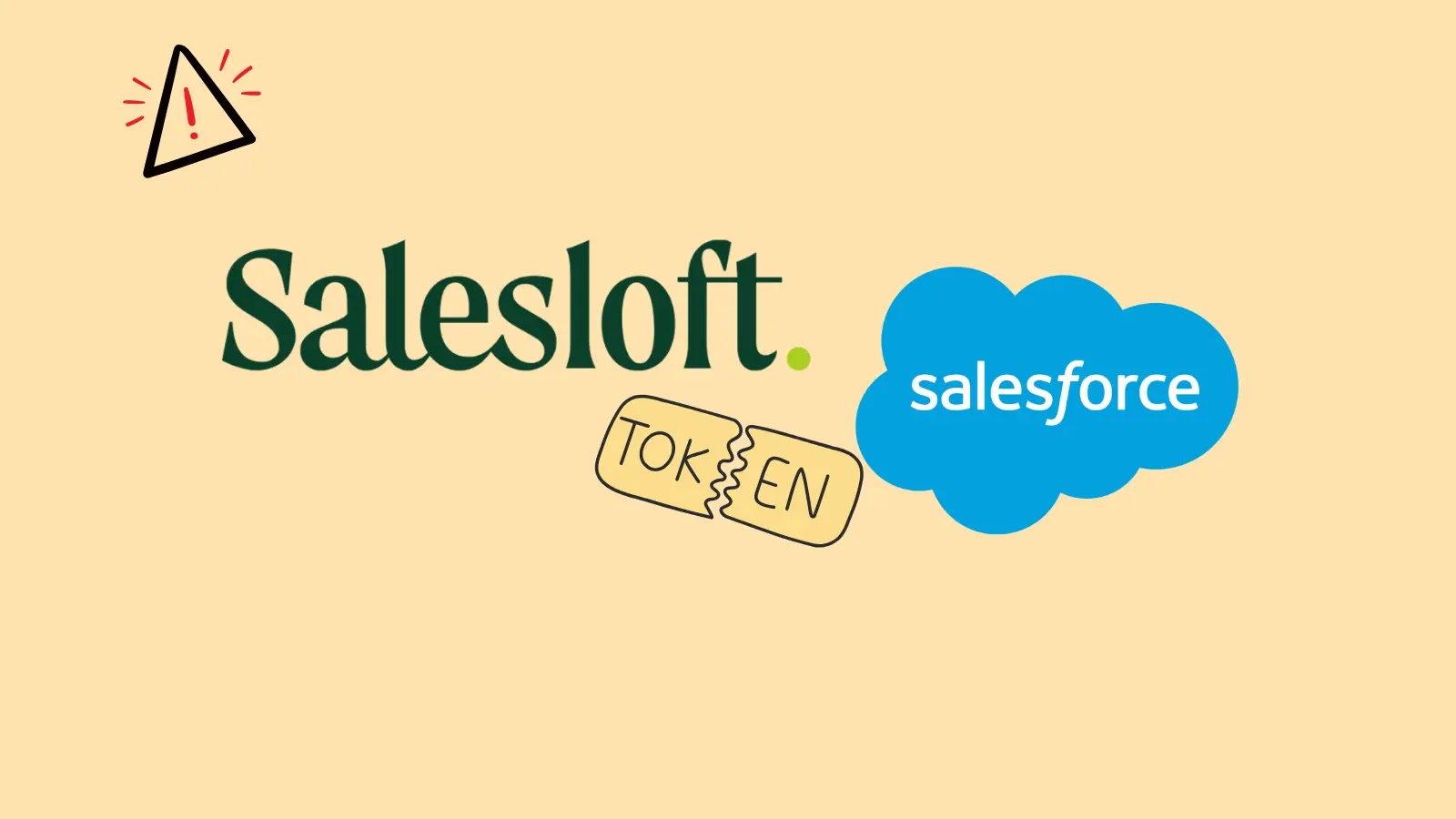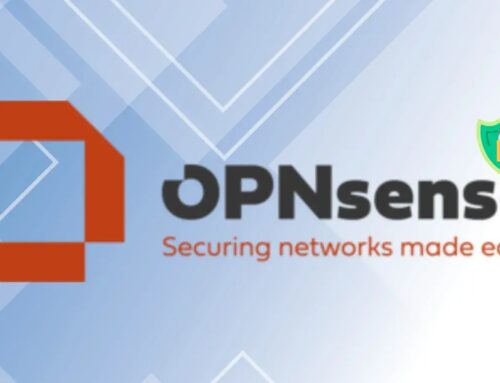
Salesloft Drift Cyberattack Linked to GitHub Compromise and OAuth Token Theft
A disturbing trend in the cybersecurity landscape is the increasing sophistication of supply-chain attacks, a vector that exploits trust within interconnected systems. The recent disclosure regarding the Salesloft Drift cyberattack serves as a stark reminder of these profound risks, impacting over 700 organizations, including prominent cybersecurity firms. This incident underscores the critical need for a deeper understanding of GitHub security, OAuth token management, and robust supply-chain defense strategies.
The Genesis of Compromise: Salesloft’s GitHub Breach
The root of this extensive supply-chain disruption has been traced back to a compromise of Salesloft’s GitHub account, an incident that Mandiant’s investigation confirms began as early as March 2025. This initial breach provided threat actors with a critical foothold, highlighting the vulnerability of development environments and source code repositories. A compromised GitHub account can grant malicious actors a gateway to sensitive intellectual property, internal tooling, and, most critically, the ability to inject malicious code into software destined for downstream customers.
The implications of such a breach are far-reaching. Beyond the immediate theft of data, the integrity of software releases becomes entirely compromised, turning trusted updates into Trojan horses. This particular incident exemplifies how a single weak link in the vast software supply chain can precipitate a cascade of security failures across hundreds of entities.
OAuth Token Theft: The Key to Widespread Access
A pivotal element of this attack methodology was the leveraging of stolen OAuth tokens. OAuth (Open Authorization) is an open standard for access delegation, commonly used as a way for internet users to grant websites or applications access to their information on other websites without giving them their passwords. In this context, stolen OAuth tokens likely granted the attackers unauthorized access to various Salesloft and Drift internal systems, and potentially extended to their customers’ connected services.
The theft of these tokens allowed the threat actors to bypass traditional authentication mechanisms, effectively impersonating legitimate users or services. This move bypasses multi-factor authentication (MFA) in many scenarios, providing persistent and often undetectable access. The widespread impact across 700+ organizations suggests that these tokens facilitated access to customer data, internal communications, or even control over connected applications, underscoring the critical need for secure OAuth implementation and robust token revocation policies.
The Supply-Chain Vector: A Modern Cybersecurity Nightmare
The Salesloft Drift incident epitomizes the complexities and dangers of supply-chain attacks. In such attacks, adversaries target less secure elements in a supply chain to gain access to the main target. This is particularly effective in the software industry, where a single piece of compromised software can be propagated to thousands or millions of users. The trust implicit in vendor relationships is weaponized, making detection and containment significantly more challenging than traditional perimeter breaches.
Given that major cybersecurity firms were also impacted, this event serves as a critical warning. No organization, regardless of its security posture, is immune if its vendors or their vendors’ vendors are compromised. This interconnectedness necessitates a paradigm shift in security thinking, moving from perimeter defense to continuous validation of supply chain integrity.
Remediation Actions and Proactive Defense
Addressing the aftermath of such an attack and bolstering defenses against future incidents requires a multi-faceted approach. Organizations leveraging services like Salesloft or Drift, or any third-party integrations, must immediately take decisive action.
- Revoke & Reissue OAuth Tokens: All OAuth tokens associated with Salesloft, Drift, or any affected third-party integrations should be immediately revoked and reissued. This is a critical step to invalidate any compromised tokens and force re-authentication.
- GitHub Security Audit: Conduct a comprehensive security audit of all GitHub accounts, repositories, and connected applications. This includes:
- Enforcing strong, unique passwords and mandatory MFA for all GitHub users.
- Reviewing and minimizing the scope of GitHub Apps and OAuth App permissions.
- Regularly auditing access logs for unusual activity or unauthorized pushes.
- Implementing Branch Protection Rules to prevent direct pushes to main branches.
- Utilizing GitHub’s secret scanning features to detect accidental exposure of API keys, tokens, or credentials.
- Supply Chain Risk Assessment: Implement rigorous vendor risk management programs. This involves:
- Thoroughly vetting the security practices of all third-party vendors.
- Requiring documented security controls and regular penetration tests from vendors.
- Monitoring for security advisories and breaches affecting your supply chain.
- Conducting regular supply chain threat modeling exercises.
- Enhanced Logging & Monitoring: Increase vigilance over security logs, particularly for identity and access management (IAM) systems, cloud environments, and endpoint detection and response (EDR) solutions. Look for:
- Unusual login times or locations.
- Access to sensitive data by unexpected accounts.
- Unauthorized changes to configurations or code repositories.
- Employee Security Awareness Training: Continuously train employees on phishing, social engineering tactics, and the importance of reporting suspicious activity. Many supply-chain attacks begin with human error.
- Endpoint and Network Segmentation: Isolate critical systems and sensitive data through network segmentation. Implement zero-trust principles, meaning no user or device is trusted by default, regardless of whether they are inside or outside the network perimeter.
Relevant Tools for Detection and Mitigation
Leveraging the right tools is crucial for both proactive defense and reactive incident response:
| Tool Name | Purpose | Link |
|---|---|---|
| Mandiant Advantage Attack Surface Management | Discover and monitor external attack surface, identify risks. | https://www.mandiant.com/advantage/attack-surface |
| GitHub Advanced Security | Code scanning, secret scanning, dependency review for GitHub repositories. | https://docs.github.com/en/github/getting-started-with-github/github-security/about-github-advanced-security |
| GitGuardian | Automated secrets detection and remediation in code. | https://www.gitguardian.com/ |
| Okta (or similar SSO/IAM provider) | Centralized identity and access management, strong MFA, session management. | https://www.okta.com/ |
| Microsoft Defender for Cloud Apps | Cloud Access Security Broker (CASB) for monitoring and controlling cloud app usage. | https://learn.microsoft.com/en-us/defender-cloud-apps/ |
| Wiz | Cloud Security Posture Management (CSPM) and Cloud Workload Protection Platform (CWPP). | https://www.wiz.io/ |
Key Takeaways for Future Defense
The Salesloft Drift cyberattack offers critical lessons for every organization. First, the supply chain is the new battleground; securing your organization means securing your entire ecosystem of vendors and partners. Second, developer environments, particularly platforms like GitHub, are high-value targets for initial access. Their security posture must be as robust as production systems. Third, the persistent threat of OAuth token theft emphasizes the need for continuous token revocation, strict scope limitation, and vigilant monitoring of token usage. Proactive defense, coupled with rapid incident response capabilities, is no longer a luxury but a fundamental requirement for navigating the complex digital threat landscape.





